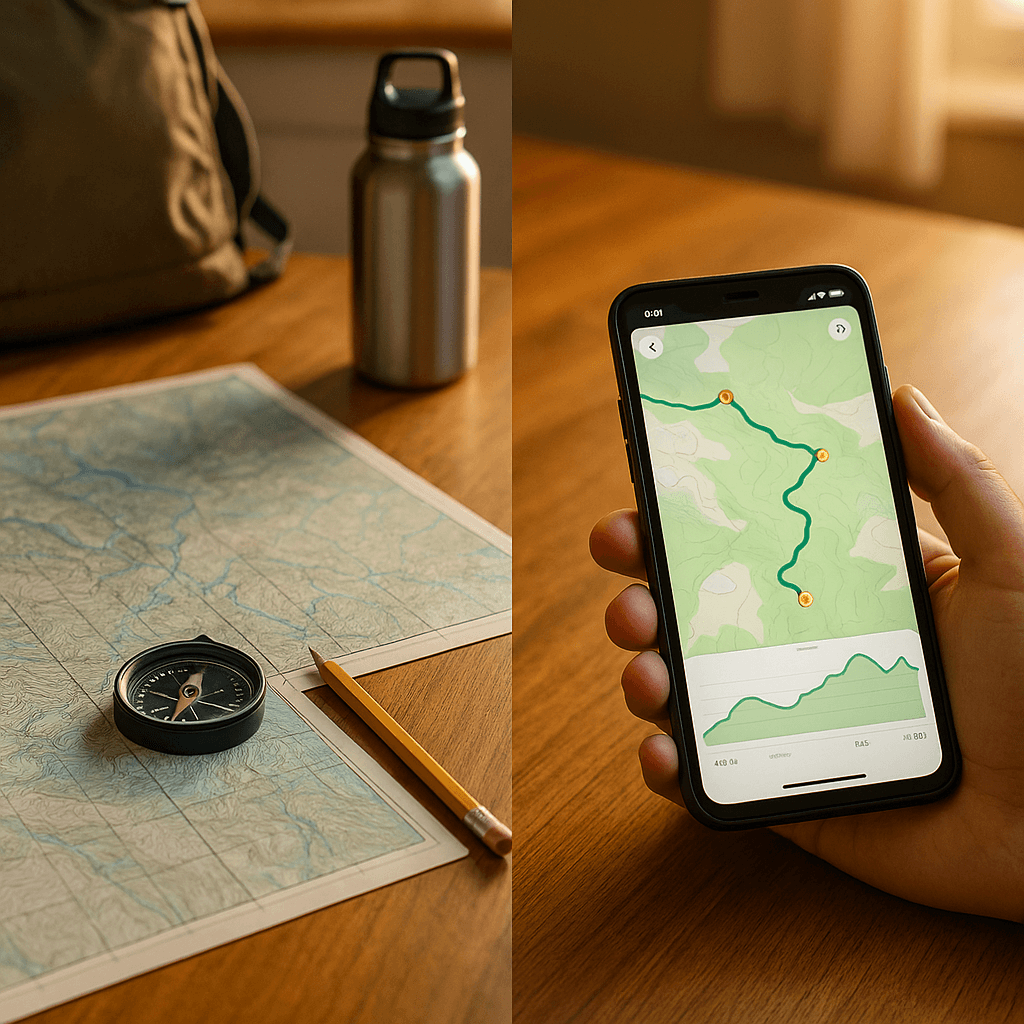The days of spreading paper maps across your kitchen table are fading fast. AllTrails has become the go-to digital solution for millions of hikers, offering route planning, 3D trail previews, and community-driven reviews all from your smartphone. But can an app truly replace the reliability of traditional navigation tools?
Gone are the nostalgic moments of poring over USGS topographical quadrants spread across your breakfast table. AllTrails and similar digital mapping tools have fundamentally changed how outdoor enthusiasts plan their adventures, trading paper for pixels in the process.
The shift represents more than convenience - it's reshaping the entire outdoor planning experience. Where hikers once spent hours studying contour lines and elevation markers on physical maps, they now swipe through trail options, read community reviews, and get instant access to difficulty ratings and recent trail conditions.
AllTrails stands out in a crowded field of at least a dozen mapping applications designed for wilderness activities. The platform serves hikers, backpackers, mountain bikers, and even hunters, but its strength lies in its accessibility for beginners who might feel intimidated by traditional topographical maps.
The app's core functionality extends beyond simple route finding. Users can track their progress in real-time, follow other hikers' adventures, and contribute to a growing database of trail reviews and photography. This community-driven approach creates a living, breathing resource that updates constantly with current trail conditions and user experiences.
For serious outdoor enthusiasts willing to pay for premium features, AllTrails offers offline map downloads, route deviation alerts, and 3D trail previews that provide unprecedented visual context before you hit the trailhead. These features address one of the biggest pain points in outdoor navigation - understanding terrain complexity before you're committed to a route.
The platform's visual design prioritizes clarity over complexity, making trails easy to follow even for users unfamiliar with reading topographical information. This democratization of outdoor navigation has opened wilderness experiences to people who might have been deterred by the learning curve of traditional map and compass skills.
However, WIRED's review includes a crucial caveat that echoes throughout the outdoor community. Scott Gilbertson emphasizes that GPS signals fail, phone batteries die, and dropped devices become "useless bricks" in critical moments. The publication explicitly advises against relying solely on smartphone applications for wilderness navigation.











